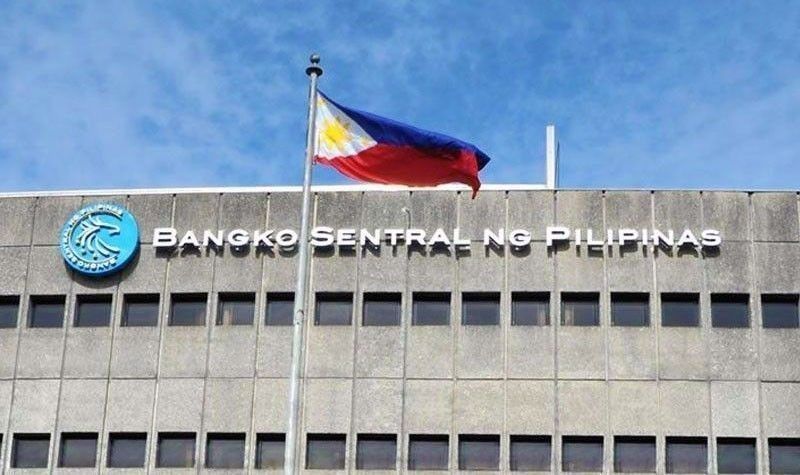Banks’ bad loans highest in 7 years

MANILA, Philippines — The gross non-performing loan (NPL) ratio of the banking sector accelerated for the 10th straight month to hit the highest level in more than seven years due to the impact of the COVID-19 pandemic, the Bangko Sentral ng Pilipinas (BSP) said yesterday.
According to preliminary data from the BSP, the gross NPL ratio of the banking sector rose further to 3.69 percent in October from 3.47 percent in September as restructured and past due loans continued to soar amid the economic fallout from the COVID-19 outbreak.
This was the highest gross NPL ratio since the 3.48 percent recorded in January 2013. Data prior to 2013 are not consistent with the BSP’s Department of Supervisory Analytics as the financial reporting package started in 2013.
A survey conducted by the central bank in June showed that banks expect the industry’s NPL ratio more than double to 4.6 percent by end-December. NPL or bad debts refer to past due loan accounts where the principal or interest is unpaid for 30 days or more after due date.
Congress has granted debt moratoriums including 30 days under Republic Act 11469 or Bayanihan to Heal as One Act which expired on June 24 and another 60 days under RA 11494 or Bayanihan to Recover As One Act or Bayanihan 2 scheduled to expire by the end of the month.
BSP Deputy Governor Chuchi Fonacier said the regulator has yet to see a clearer picture of the industry’s NPL level as the debt moratorium under Bayanihan 2 has yet to expire.
“At this point, it is difficult to comment on the NPL trend since the loan payment moratorium is still in effect,” Fonacier said.
The BSP has issued a new resolution wherein the period allowing BSP-supervised financial institutions (BSFIs) to exclude loans of borrowers affected by the COVID-19 pandemic from being reclassified as past due and non-performing was shortened to end-December this year instead of end-December next year.
The bad loan ratio of the country’s banking industry has steadily increased since the 2.16 percent recorded in January due to the impact of the pandemic.
Based on BSP data, the gross NPLs of the banking industry surged by 69.9 percent to hit a record high of P391.42 billion in October from P230.39 billion in the same month last year, while the sector’s total loan book inched up by 1.2 percent P10.61 trillion from P10.48 trillion.
Data from the central bank showed restructured loans more than tripled to P136.16 billion from P42.06 billion for a restructured loan ratio of 1.28 percent, while past due loans referring to all types of loans left unsettled beyond payment date jumped 64.1 percent to P507.56 billion from P309.26 billion for a past due ratio of 4.79 percent.
Sanjiv Vohra, president and chief executive officer at Security Bank, told The Star the NPL ratio of Philippine banks is still at quite manageable levels and loan quality remains satisfactory so far.
“But we do expect the banking industry to book additional provisions as they continue to reassess the quality of the loan portfolio. And while the impact of the pandemic is still unfolding, the good news is that compared to the financial crises in recent years, the banking sector is in a better position to weather the effects of the pandemic,’’ Vohra said.
Philippine banks sacrificed earnings by reinforcing allowance for credit losses in anticipation for a sharp rise in bad loans. The industry’s provision for loan losses surged by 64.4 percent to P347.7 billion in October from P211.54 billion in the same month last year.
Despite the increase, the NPL coverage ratio declined to 88.83 percent in October from 91.82 percent in the same month last year.
Vohra said the banking industry remains strongly capitalized and in a solid liquidity position to manage credit risks.
“The prudential measures instituted by the BSP allowed the banking industry to remain strong and healthy through the years, which enabled the banks to withstand various crises,” Vohra said.
BDO president and CEO Nestor Tan earlier told The STAR the industry’s NPL level is likely to peak in the second quarter of next year.
- Latest
- Trending


























